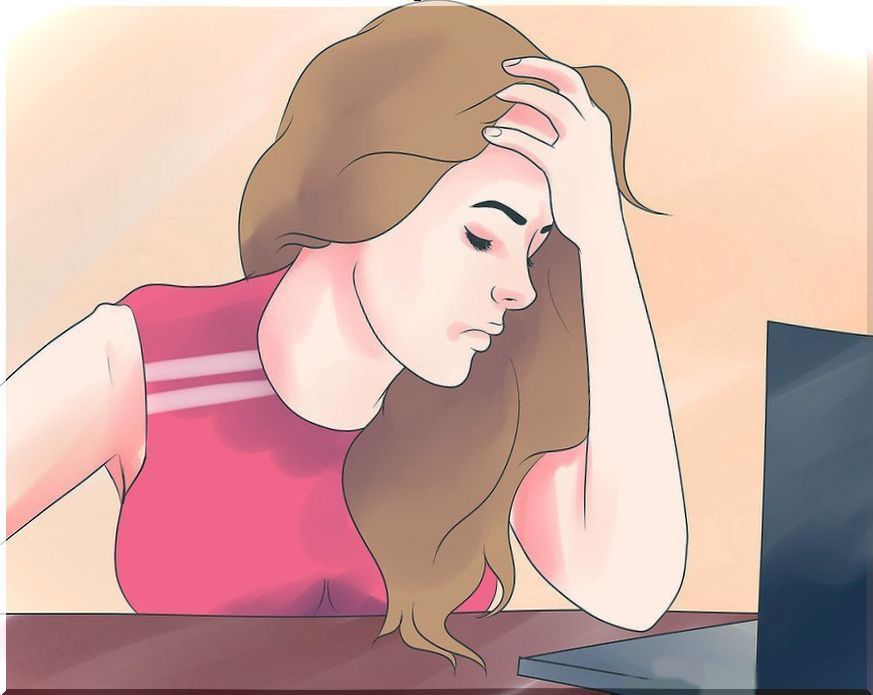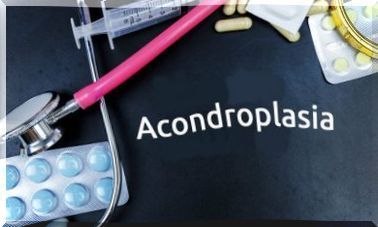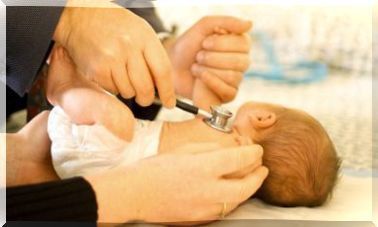A Common Evil: Depression
There are numerous cases of depression that go undetected, therefore, they remain in the shadows. This indicates that although depression is the most common disorder in the Western world, it is underdiagnosed.

Depression is a disease characterized by a mood disorder that manifests itself as a persistent feeling of sadness. Those who suffer from depression are unable to appreciate the positive aspects of life and focus their attention on suffering.
It usually appears as a picture of sadness, melancholy and prolonged suffering that interferes with the routine of those who suffer it. It can reach extreme levels where the person may not even want to leave the home for weeks or years.
Other possible signs include isolation, neglect of self-care, stopping talking or moving, and even suicidal thoughts.
Physiological causes

There are various hypotheses about the physiological causes of this disease. The truth is that depression depends on a wide variety of factors (psychological, social, biological, cultural, and more). Each case is unique.
The most common hypotheses about the physiological causes of depression point to a deficit in the secretion of serotonin (the neurotransmitter responsible for producing a feeling of well-being in the body).
Types of depression
- Severe depressive disorder: the person experiences severe pain, sadness, and anxiety. This prevents you from working, sleeping, and experiencing pleasure from activities that you previously enjoyed. Once it appears, it usually lasts throughout the life of the person.
- Dysthymia: occurs over a long period of time (more than 2 years) and affects multiple areas.
- Psychotic depression: disorder accompanied by the appearance of delusions or hallucinations.
- Postpartum depression – occurs after giving birth. In addition to the symptoms mentioned, rejection of the newborn also appears.
Common symptoms

- Fatigue.
- Low self-esteem.
- Lack of concentration.
- Feeling of guilt and worthlessness.
- Insomnia / hypersomnia (sleeping too little or too much).
- Suicidal thoughts or attempts, in the most serious cases.
- Existential emptiness and hopelessness: patients do not find meaning in life or have faith in the future.
- Changes in appetite: while some people eat compulsively, others barely eat.
- Anhedonia. Loss of interest in activities they enjoyed: They find it difficult to find satisfaction in their hobbies and in their relationships with people.
Diagnosis
The symptoms of depression can be present in other disorders and, therefore, health professionals refer to the DSM-V or the ICD-10.
However, there are designed diagnostic protocols (tests) that, although they help to evaluate the patient, are not definitive when making a diagnosis. One of the most widely used is the Aaron Beck Depression Inventory (BDI), which consists of a questionnaire that measures a number of factors.
According to the results obtained in the BDI (together with other tests and the psychological interview), the presence or absence of depression can be diagnosed.
Treating depression

There are different types of treatment that depend on the approach of the therapist.
The one that has obtained the most empirical (scientific) evidence so far is cognitive-behavioral treatment. This aims to modify cognitions (distorted and dysfunctional thoughts or beliefs), which cause depressive pathology. One of its keys is to carry out activities and exercises at home, programmed together in the therapist session.
Another of the most used is that of the psychoanalytic approach. For a longer period of time, the treatment is based on introspection and search for repressed emotions that remain in the unconscious realm of the person.
In some cases, pharmacological treatment is also used as a support method, as well as a series of recommendations or advice whose purpose is to help the patient in their day to day life.
In addition to treatment and emotional support from the patient’s environment, it is important not to stigmatize depression. This is the most common mood disorder, but also the most misunderstood. Respect and empathy with these patients is crucial for a faster recovery. But it is important that in no case we create unrealistic expectations, because it can even be counterproductive.









